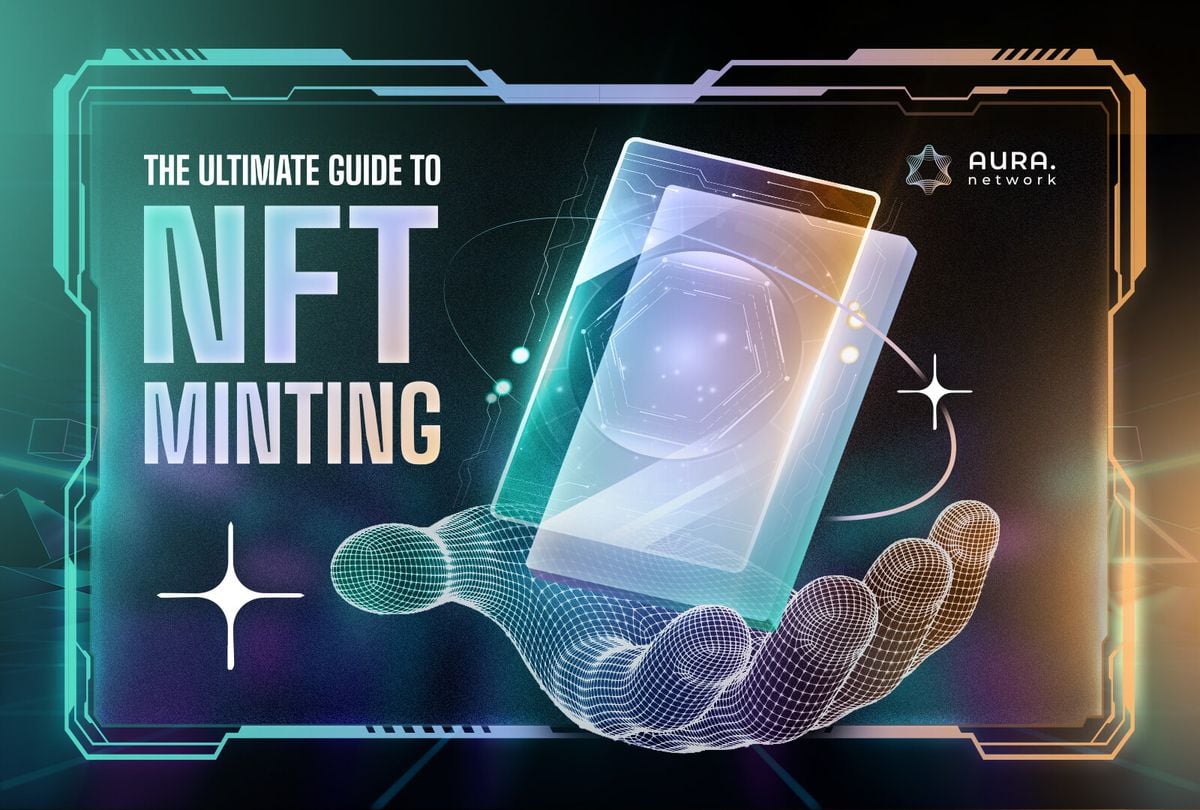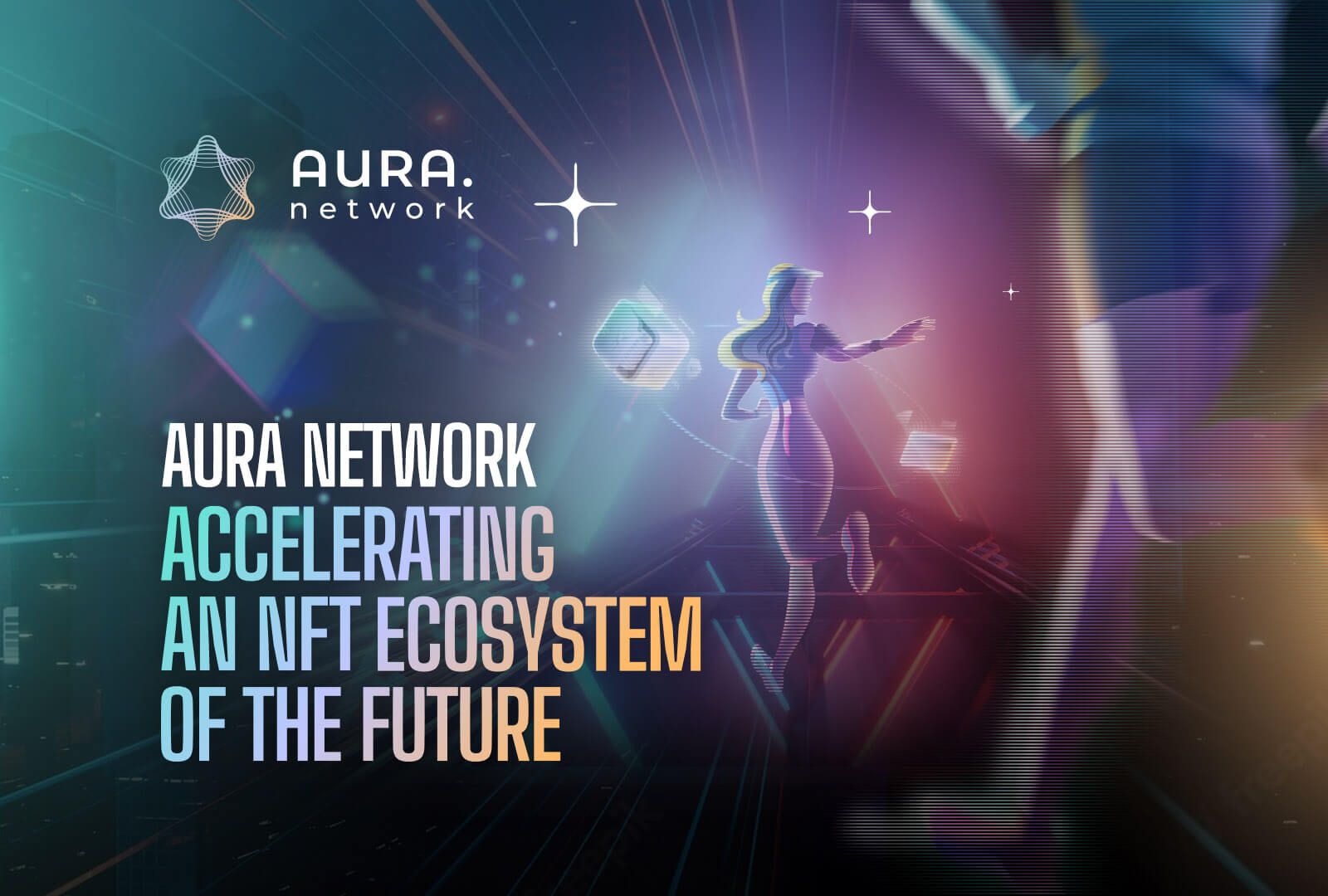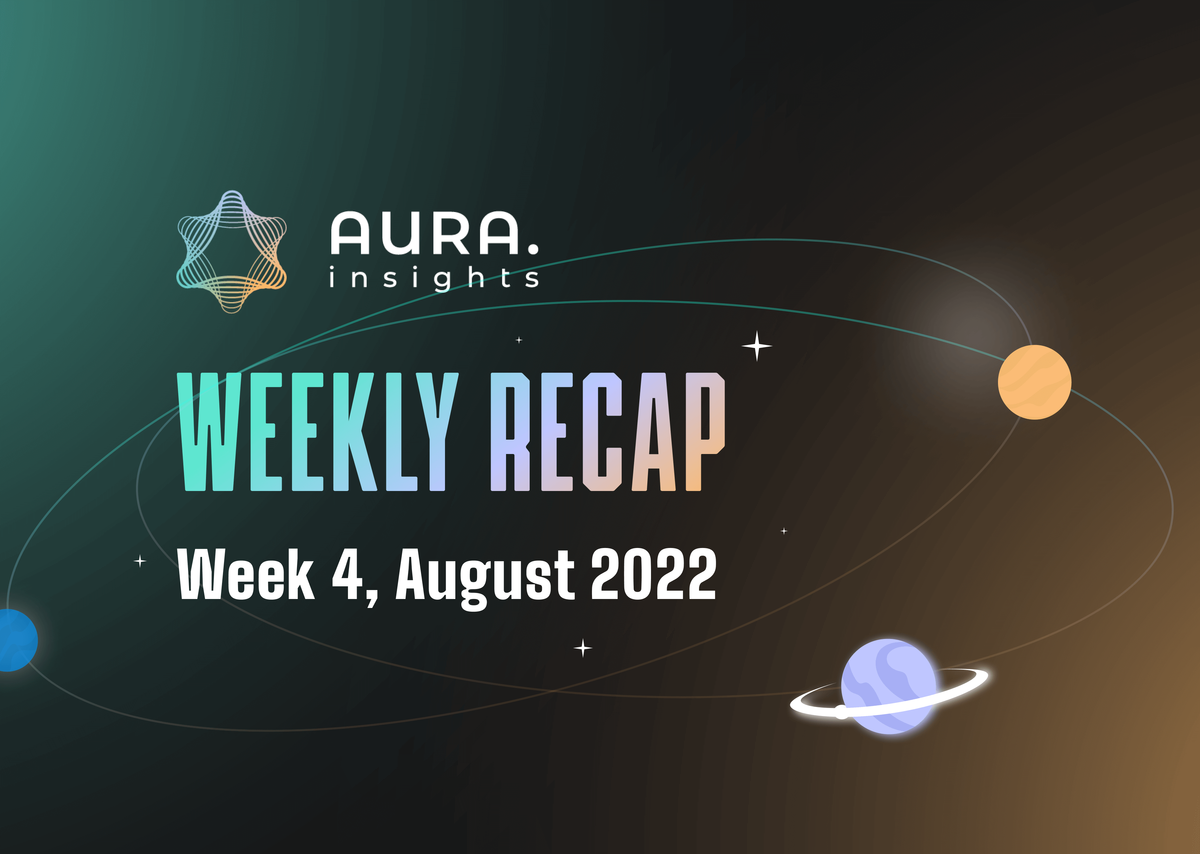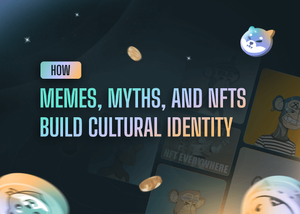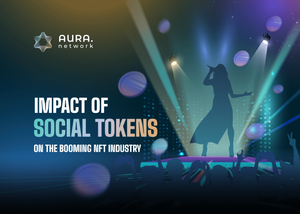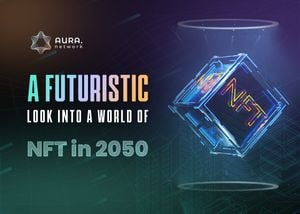Imagine how difficult it would be for you to drive without any guide or manual and compare it to Minting NFTs? Of course, you will eventually get the hang of it, but not without many bruises on your car and yourself. With the growing popularity of NFTs extending into celebrity and traditional art circles, non-crypto and web3 individuals are also getting interested in NFTs as they hear their favourite influencers talk about this trend. For instance, Snoop Dogg and Gary Vaynerchuk are two significant players in the space with a robust community around their NFT collections. Also, The increased integration of NFTs into pop culture, like the recent music video debut titled "From The D 2 The LBC" featured Snoop Dogg and Eminem as the animated version of their BAYC avatars, shows that NFTs have become a cultural phenomenon. So how do people get involved with NFTs, mint them and own them? This article provides a wholesome guide on creating and minting your own NFT.
What is minting
When you go to the bank to get a new credit card, you have to wait for it to get printed before you can use it. NFTs also follow a similar pattern. Minting is a way of turning any digital file or item into a non-fungible token stored on the blockchain. This process should be done with care because once an NFT is minted, it cannot be altered or adjusted. Therefore, every decision, such as the number of copies, royalties and other metadata, must be considered before minting. Minting guarantees that a digital item is original and enables it to be traded easily on secondary markets.
Why mint?
One way to secure ownership of your assets digitally, incredibly unique assets such as intellectual property and patents, is by turning them into NFTs. If you are an artist or a content creator, NFTs help authenticate your work and offer several ways of generating revenue directly from your work without divvying it up with intermediaries. With NFTs, game developers can create real financial value and boost the gaming experience for users. Also, business persons and manufacturers can use NFTs to ensure transparency in product manufacturing and supply chain processes to boost user experience and build customer confidence. Once an NFT is minted, the tokenised information is stored in the blockchain forever. This makes it possible to track the ownership of assets by users.
Preparing for your first NFT minting - Things to consider
There is no one way to mint an NFT. Some processes are more technical than others. The easiest way to mint an NFT is by using the minting feature provided by NFT marketplaces such as OpenSea. But before proceeding to mint your NFT, you should know that some factors might affect your choices during the process. These include;
Blockchain
Choosing the right blockchain is probably the essential factor to consider before minting. Blockchains are different and have their pros and cons. For instance, Ethereum, the most popular and dominant blockchain for NFTs, might be chosen for its network effects and security but can be expensive to use because of its high gas fees. It might also be too slow for high-traffic projects like play-to-earn games where players constantly need to mint significant amounts of in-game NFTs. Therefore it is essential to choose a blockchain that specifically meets your needs.
Type of item
NFTs are simply stored data on the blockchain representing digital or physical assets. This means that anything or file type can be minted into an NFT; you only need to store the metadata on the blockchain. Your item can be in any format such as JPG, MP4, MP3, PNG, GIF, FVG, WEBM, PDF, WAV etc. You can also mint in-game digital items like virtual lands, weapons, avatars and skins. The type of item can be determined by your interests or expertise and can also affect your choice of blockchain.
Network fees
Minting an NFT incurs fees on most blockchains. The blockchain you choose to mint your NFT on, and the network traffic will determine the fees required to transact. Blockchains like Ethereum, Tezos and Flow incur transaction fees for minting, while side chains like Polygon require little or no fees.
NFT marketplace
Picking the right platform to mint and sell your NFT is another important factor before minting. There are several NFT marketplaces available to mint your NFT. Each marketplace has rules guiding its operations as well as cost. For example, OpenSea allows NFT creators to set royalties up to 10% and charges a 2.5% fee for every NFT purchased on its platform. Rarible will enable creators to set royalties as high as 50% but charges both creators and buyers a 2.5% fee.
Another thing to consider when choosing an NFT marketplace is liquidity. OpenSea is currently the most popular NFT marketplace and averages a trading volume of $15 million daily. This means it is easier to sell your NFT on OpenSea than on other marketplaces. Also, the type of NFT will determine the best platform to mint. NFT marketplaces like SuperRare and Foundation are highly curated.
Implementing smart contracts
NFT minting can go beyond just storing digital data of an item in a blockchain network. Using smart contracts, one can add additional value to an NFT. Smart contracts allow you to create terms, conditions and extra perks such as unique traits and attributes for the NFT holders. Smart contracts make it possible to create advanced utility for an NFT.
However, creating an NFT using smart contracts requires a more technical approach than this article covers.
How to mint your first NFT
Create a crypto wallet
NFT marketplaces such as OpenSea operate with crypto wallets. There are several crypto wallets out there. Some are network-specific, and others support multiple blockchains. Ensure that the crypto wallet you are using is verified and supported on the platform you decided to mint on.
Fund your wallet
Open a crypto exchange account like Coinbase where you can readily buy and sell cryptocurrencies. Purchase and send some cryptocurrencies to fund your wallet. The cryptocurrency you buy will depend on the blockchain you decide to mint on. It can be SOL on Solana or ETH on Ethereum. This will be used to pay for minting and network fees. Also, a crypto exchange comes in handy when you want to cash out your earnings from the marketplace or convert to another cryptocurrency.
Connect your wallet and mint on OpenSea
Once you have installed your crypto wallet (in this case, Metamask browser plug-in), go to opensea.io and click on "Create" on the top right corner to connect your wallet.
Choose your preferred wallet from the options and accept the platform's terms and conditions by signing the signature request prompted on your wallet.
Your profile will be created. You will need to enter a username and an email address to verify your account. After verifying your account, you can mint your NFT on OpenSea by clicking on the "Create" option in the top right corner.
Upload your digital item in a supported file format, name your NFT and input the necessary metadata. Then click the "Create" button at the bottom of the form.
Your NFT is successfully minted and is stored on the blockchain. You can then go on to list your NFT for sale on the platform if you choose. Listing your NFT up on OpenSea costs ETH. Users are required to pay a one-time fee in ETH for a process called "Initialization" before they can list an NFT for sale. Network fees vary depending on traffic.
Conclusion
Minting NFTs is easy and can be done by anyone with little guidance. Minting on other platforms may vary slightly, but the process is straightforward, like on OpenSea. NFTs have continued to have a robust market. According to a report from DappRadar, the NFT market generated over $12 billion in trading volume in Q1 of 2022. As more people onboard into NFTs and the sector grows, more opportunities will emerge for artists, creators and business people; hence knowing how to explore this technology provides an edge in the digital economy.



